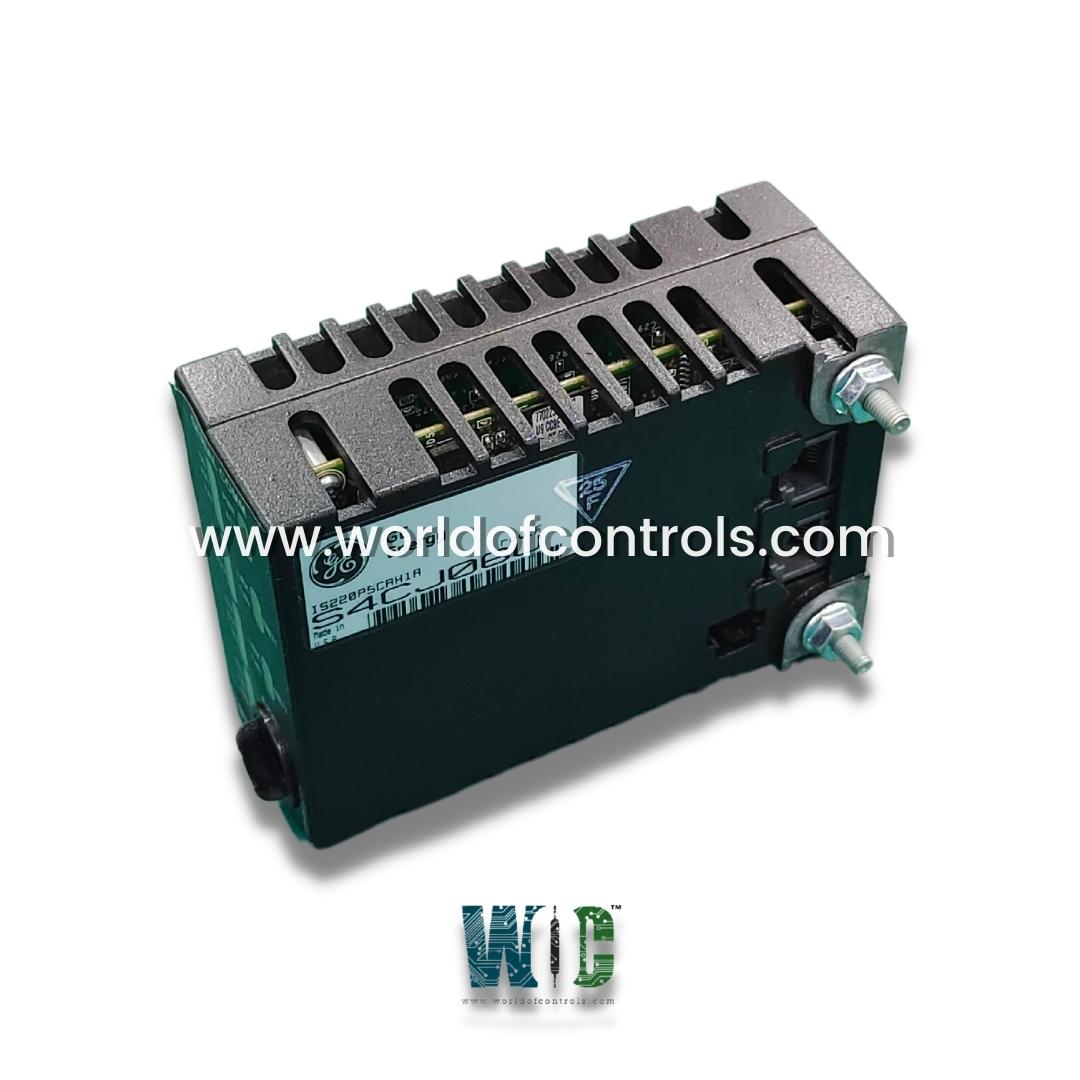
World Of Controls understands the criticality of your requirement and works towards reducing the lead time as much as possible.
IS220PSCHH1A - Specialized Serial Communication Module is available in stock which ships the same day.
IS220PSCHH1A - Specialized Serial Communication Module comes in UNUSED as well as REBUILT condition.
To avail our best deals for IS220PSCHH1A - Specialized Serial Communication Module, contact us and we will get back to you within 24 hours.
SPECIFICATIONS:
Part Number: IS220PSCHH1A
Manufacturer: General Electric
Series: Mark VIe
Product Type: Specialized Serial Communication Module
Technology: Surface Mount
Common Mode Voltage Range: ±5 V
Dimensions: 11.00 x 9.00 x 3.00
Operating temperature: 0 to 60 °C
No.of Analog Voltage Inputs: 6
Repair: 3-7 Day
Availability: In Stock
Country of Origin: United States
Manual: GEH-6721
FUNCTIONAL DESCRIPTION:
IS220PSCHH1A is a Specialized Serial Communication Module manufactured and designed by General Electric as part of the VIe Series used in GE Distributed Control Systems. Serial communication refers to the process of transferring data one bit at a time sequentially over a communication channel. Unlike parallel communication, which sends multiple bits simultaneously, serial communication is known for its simplicity and reliability. Common serial communication protocols include RS-232, RS-485, and Modbus. These modules offer high reliability and robustness, ensuring uninterrupted communication even in harsh operating conditions. They also boast real-time data transmission capabilities and are compatible with existing communication protocols.
TYPES OF SERIAL COMMUNICATION:
RS-232: This is a widely used standard for serial communication that defines the voltage levels and signal assignments for communication between devices.
RS-485: Designed for longer-distance communication and multi-node networks, RS-485 allows multiple devices to communicate over a single pair of wires.
UART (Universal Asynchronous Receiver-Transmitter): This is a common hardware module that handles the asynchronous serial communication process, including data formatting and transmission control.
SPI (Serial Peripheral Interface): A synchronous serial communication protocol commonly used to interface microcontrollers with peripheral devices such as sensors, displays, and memory.
I2C (Inter-Integrated Circuit): Another synchronous serial communication protocol used for connecting multiple devices on the same bus, enabling communication using two-wire lines.
APPLICATIONS OF SERIAL COMMUNICATION MODULE:
ADVANTAGES OF SERIAL COMMUNICATION MODULE:
WOC has the largest stock of GE Distributed Control System Replacement Parts. We can also supply unused and rebuilt backed-up with a warranty. Our team of experts is available round the clock to support your OEM needs. Our team of experts at WOC is happy to assist you with any of your automation requirements. For pricing and availability on parts and repairs, kindly contact our team by phone or email.
What is a specialized serial communication module?
A specialized serial communication module is a hardware component or software package designed to facilitate communication between devices using serial protocols.
What are some common serial communication protocols supported by these modules?
Common serial communication protocols include RS-232, RS-485, UART, SPI (Serial Peripheral Interface), I2C (Inter-Integrated Circuit), CAN (Controller Area Network), etc.
Where are specialized serial communication modules commonly used?
These modules are often used in embedded systems, industrial automation, robotics, telecommunications, automotive applications, and various other fields where devices need to exchange data reliably.